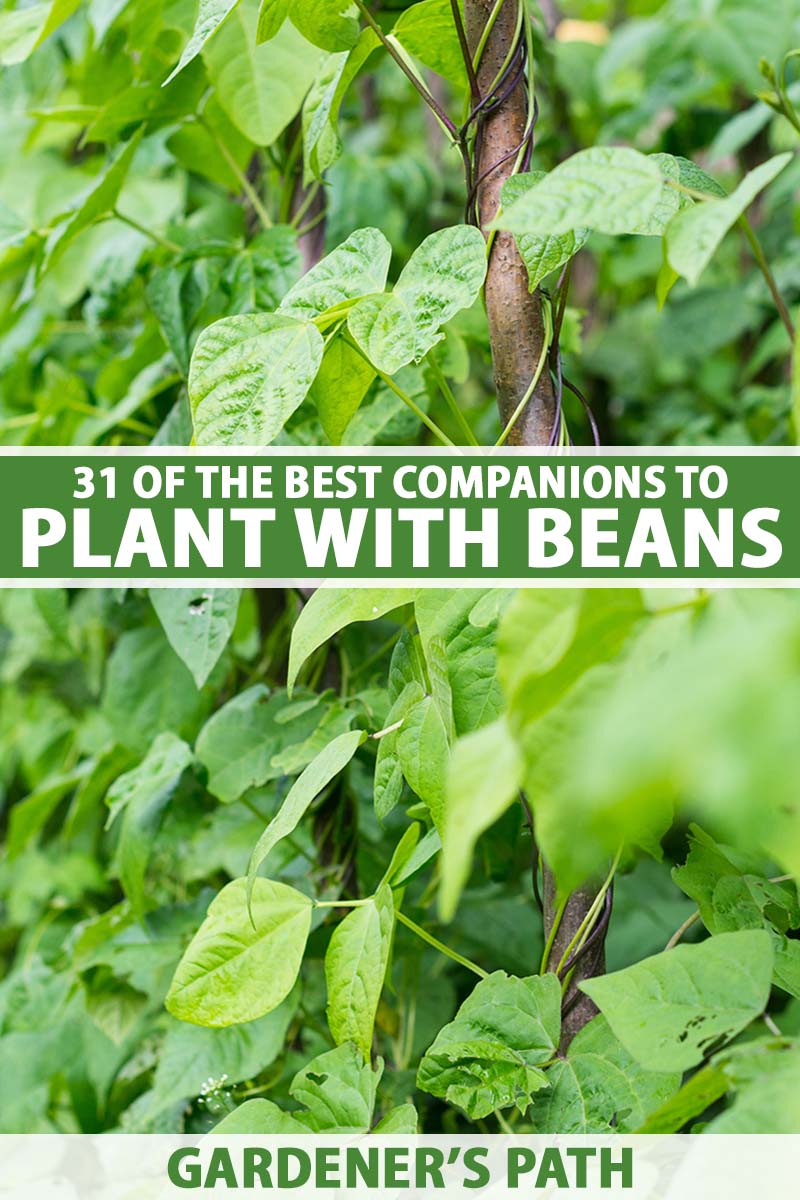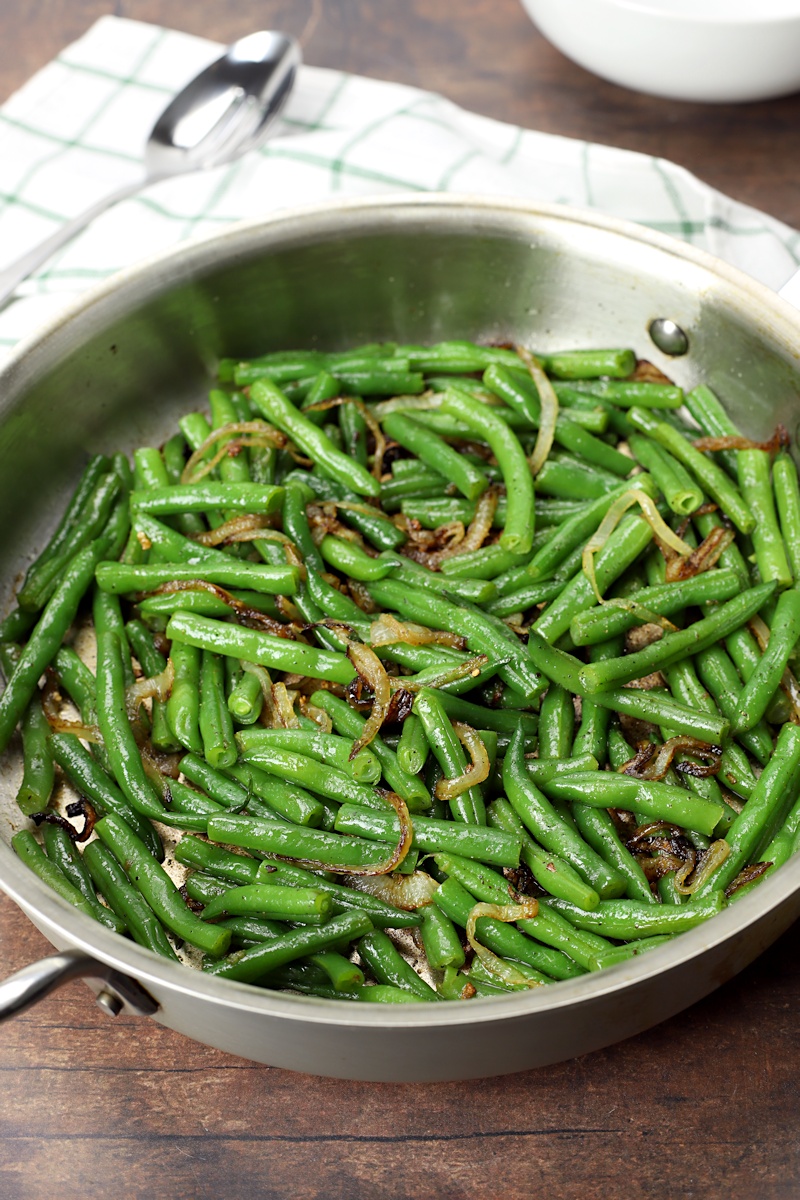Beans And Onions: The Perfect Companion Planting
Beans and Onions: The Perfect Companion Planting
Beans and onions are two of the most popular vegetables grown in gardens around the world. They are both relatively easy to care for and can be grown in a variety of climates. But did you know that these two vegetables can also benefit each other when they are planted together?
In this blog post, we will explore the benefits of companion planting beans and onions. We will also discuss some of the potential drawbacks of this combination, and how to overcome them.
Introduction
Companion planting is a gardening practice that involves planting different types of plants together to benefit each other. There are many different benefits to companion planting, including improved pest control, increased yields, and better soil health.
Beans and onions are two plants that can benefit each other when they are planted together. Beans are legumes, which means that they can fix nitrogen in the soil. This is a valuable benefit for onions, as onions are heavy feeders and require a lot of nitrogen.
In addition, onions can help to repel pests that are attracted to beans. For example, onions can help to deter aphids, spider mites, and whiteflies.
Benefits of Companion Planting Beans and Onions
There are several benefits to companion planting beans and onions. These include:
- Increased yields: Beans and onions can help to improve each other's yields. For example, a study by the University of Minnesota found that beans and onions grown together had a 20% higher yield than beans grown alone.
- Improved pest control: Onions can help to repel pests that are attracted to beans. For example, onions can help to deter aphids, spider mites, and whiteflies.
- Better soil health: Beans and onions can help to improve soil health by fixing nitrogen and adding organic matter.
- Reduced disease pressure: Beans and onions can help to reduce the risk of disease by attracting beneficial insects.
Potential Drawbacks of Companion Planting Beans and Onions
There are a few potential drawbacks to companion planting beans and onions. These include:
- Competition for resources: Beans and onions can compete for resources such as water and sunlight. This can lead to reduced yields if the plants are not spaced properly.
- Allelopathic effects: Onions can release allelochemicals, which are chemicals that can inhibit the growth of other plants. This is not a major concern for beans, but it is something to be aware of.
How to Overcome the Drawbacks
The potential drawbacks of companion planting beans and onions can be overcome by following a few simple tips. These include:
- Space the plants properly: Beans and onions should be spaced at least 18 inches apart to allow them to grow properly.
- Avoid planting onions in the same area every year: Rotating the crops in your garden can help to reduce the risk of allelopathic effects.
- Plant other companion plants: There are many other plants that can benefit beans and onions. Some good companion plants include carrots, cabbage, lettuce, and tomatoes.
Conclusion
Beans and onions are two great vegetables that can benefit each other when they are planted together. By following a few simple tips, you can overcome the potential drawbacks of companion planting and enjoy the many benefits of this combination.
Beans and onions are two popular vegetables that can be grown together in the garden. However, it is important to know that they are not compatible companion plants. Onions can inhibit the growth of beans, as they release a substance that kills the beneficial bacteria on bean roots. This can stunt the growth of the beans and reduce their yield.
If you are planning to plant beans and onions in your garden, it is best to plant them in separate areas. You can also plant them in succession, so that the onions are harvested before the beans start to grow.
For more information about beans and onions companion planting, please visit Home Gardening.
FAQ of beans and onions companion planting
Q: Can I plant beans and onions together?
A: No, it is not recommended to plant beans and onions together. Onions can release chemicals that inhibit the growth of nitrogen-fixing bacteria in the soil, which beans rely on for their nitrogen needs. As a result, planting beans and onions together can stunt the growth of both plants.
Q: What are some good companion plants for beans?
A: Some good companion plants for beans include:
- Corn: Corn provides support for bean vines to climb, and beans fix nitrogen in the soil, which corn benefits from.
- Squash: Squash shades the soil, which helps to suppress weeds and retain moisture. Beans also benefit from the nitrogen that squash fixes in the soil.
- Carrots: Carrots help to attract beneficial insects that prey on pests that attack beans.
- Peas: Peas and beans are both legumes, so they both fix nitrogen in the soil. Planting them together can help to improve the nitrogen levels in the soil for both plants.
Q: What are some bad companion plants for onions?
A: Some bad companion plants for onions include:
- Beans: As mentioned above, onions can inhibit the growth of nitrogen-fixing bacteria in the soil, which beans rely on.
- Asparagus: Asparagus and onions compete for the same nutrients, so planting them together can stunt the growth of both plants.
- Sage: Sage tends to enjoy different growing conditions from onions, so it can be tricky to get the growing conditions right for both plants if planted together.
- Other onion family plants: Other onion family plants, such as garlic, leeks, shallots, chives, and scallions, should also be avoided planting next to onions.
Image of beans and onions companion planting
- Beans and onions planted in a raised bed. The beans are climbing up a trellis, and the onions are growing in the ground below.

- A row of beans and onions in a vegetable garden. The beans are planted on the north side of the row, and the onions are planted on the south side.

- A pot of beans and onions on a windowsill. The beans are vining up a bamboo pole, and the onions are growing in the bottom of the pot.
- A close-up of beans and onions growing together. The beans are starting to flower, and the onions are starting to form bulbs.

- A bee visiting a bean flower. The bee is helping to pollinate the bean flower, which will help to produce more beans.

- A ladybug eating an aphid on an onion leaf. The ladybug is helping to control the aphid population, which can damage onion plants.

- A worm tunneling through the soil around a bean plant. The worm is helping to aerate the soil and improve drainage, which can benefit both the bean plant and the onion plant.

- A harvest of beans and onions. The beans are still in their pods, and the onions are still in their skins.
- A dish of beans and onions cooked together. The beans and onions are cooked in a flavorful broth, and they are served with rice.

- A plate of beans and onions with a side of salad. The beans and onions are served with a simple salad of greens and tomatoes.
Post a Comment for "Beans And Onions: The Perfect Companion Planting"